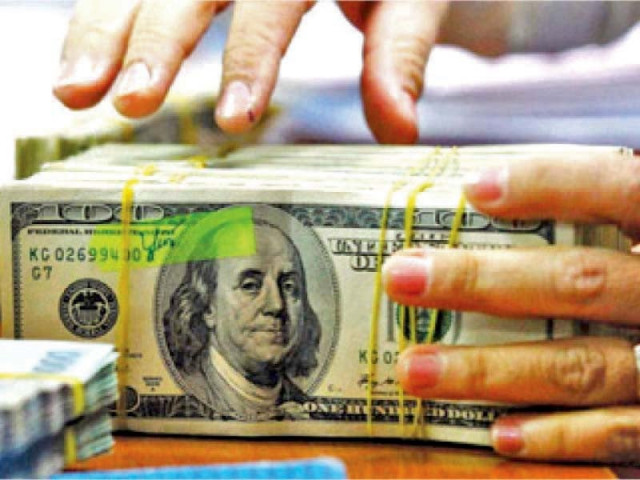Current account gap grows to $1b
Deficit rises in March despite export earnings, remittances hitting all-time high

Pakistan’s current account deficit (CAD) - the gap between country’s higher foreign expenditures and low income - has once again widened to $1 billion in March despite the fact that inflows on accounts of export earnings and workers’ remittances hit all-time high in the month.
The deficit at $1.03 billion in the month was 179% higher than $369 million recorded in the same month of previous year. It was almost two-fold compared to $519 million in previous month of February 2022, according to the central bank’s data.
“The deficit has increased mainly due to surge in import bill,” Pak-Kuwait Investment Company (PKIC) Head of Research Samiullah Tariq said while talking to The Express Tribune.
The global commodity prices - mainly of international energy products that Pakistan imports in large quantities to meet domestic demand - have remained elevated, he said.
Otherwise, the non-oil balance in current account remained in surplus for the second consecutive month in March, the central bank reported.
The bank said that the deficit has improved to $1 billion in the month under review compared to $1.5 billion on average in each of the first nine months (July-March) of the current fiscal year 2022.
Cumulatively in the first nine months (July-March) of the ongoing fiscal year, the current account deficit spiked to $13.17 billion compared to mere $275 million in the same period of the previous year.
The State Bank of Pakistan (SBP) said on its official Twitter handle that “despite high global commodity prices, the turnaround in the current account continues, with a deficit of $1 billion in March, $500 million lower than the average during FY22. Moreover, the non-oil balance remained in surplus for the second consecutive month.”
The monthly deficit number at $1 billion was largely in line with market expectation. “This is, however, higher than the sustainable level of around $700-800 a month,” Tariq said.
In addition to the surge in import of goods, a pickup in import of services on account of resumption of global travelling and freight charges also played an important role in widening the current account deficit in March.
Read Trade deficit widens to $35.4b
Besides, foreign investors aggressively pulled out over $400 million from government debt securities such as T-bills and Pakistan Investment Bonds (PIBs), while flow of foreign direct investment (FDI) turned negative to net $30 million in Pakistan during the month, he noted.
The higher current account deficit, however, was partially offset by additional inflows from overseas Pakistanis through the Roshan Digital Account (RDA), he said, adding that RDA inflows averaged at $250-300 million a month.
Considering that the deficit would stay at around $1 billion per month in the remaining three months (April-June) of FY22, the deficit for the full year may be recorded in range of $16-17 billion, he estimated.
Earlier, the central bank projected full year’s deficit at around 4% of GDP which comes to around $14 billion, it was learnt.
Pakistan achieved all-time high export of goods and services at $3.74 billion in March. This was 18% higher compared to the same month of previous year and 19% more than the previous month of February.
Similarly, the inflow of workers’ remittances hit a record high of $2.81 billion in the month under review. This was 3% higher compared to the corresponding month of the previous year and 28% higher compared to the previous month of February.
The import of goods and services, however, surged 17% to $7.21 billion on a year-on-year basis and 21% on a month-on-month basis.
Tariq said that the value of imports in absolute numbers surged $1.24 billion on year-on-year basis to $7.21 billion in March compared to growth in export earnings by $570 million to $3.74 billion. Therefore, Pakistan’s foreign expenditures remained higher compared to income. He hoped that the renewed talks between International Monetary Fund (IMF) and new government of Pakistan in Washington for resumption of $6 billion loan programme would get successful and support improving Pakistan’s balance of international payment.
Published in The Express Tribune, April 24th, 2022.
Like Business on Facebook, follow @TribuneBiz on Twitter to stay informed and join in the conversation.



















COMMENTS
Comments are moderated and generally will be posted if they are on-topic and not abusive.
For more information, please see our Comments FAQ